Photography is the undertow of Maine art currents. It’s always been here as a powerful force tugging at us from under the surface.
But while Maine painters have found sure-footed paths and an eager audience, ambitious photographers have been unsettled and less focused. To a certain extent, we feel their wanderlust-driven anxieties, which are the product of a certain anthropological irony common to photographers: Instead of refining well-worn ways, it’s more exciting to see things anew. And that is easier with new things.
Just as great painters and sculptors have long and quietly graced Skowhegan and craft masters have shared their abilities and insights at Haystack and Watershed, since 1973 major photographers like Ernst Haas, Joyce Tenneson, John Goodman and Paul Caponigro have quietly been teaching at what is now Maine Media Workshops + College in Rockport.
Brendan Bullock’s show at the Maine Media Workshops gallery is a virtual textbook illustration of the outward side of photography. Bullock is a supremely talented emerging artist who wanders wide-eyed around the world. As small as it is, Bullock’s show could hardly be geographically broader: We see, for example, a snake charmer (with his slithering sidekick) in India, fish shacks in Newfoundland and a trio of Maasai in Tanzania with their faces painted in an otherworldly skeletal white.
Bullock is the complete package. He has a great eye for composition and his prints reveal a well-honed technical hand.
But what we’re seeing is something like a tourist’s eye – the images appear to be just as much as questions to the photographer as to us. Bullock isn’t pretending to be an expert. Rather, his vision is drawn to things that don’t exist in his native land, our community. His curiosity is genuine, sympathetic and friendly, but it is an outward vision steeped in the Western history of cultural colonialism with an eye to fixing identity in place.
I do not mean this in any pejorative sense – quite the contrary. Maine, after all, is a tourist destination. Because we routinely present ourselves to the outside world, we also fiercely protect our local, indigenous identity, quirks and all.
If we have an externally focused and sometimes cliché-building eye on one side of the photography coin, we find an inward-oriented search for strangeness on the other. This could be seen, for example, at Michael Kolster’s show, which closed Oct. 25, at the Maine Media Workshops Portland gallery, PhoPa, in which the artist turned security envelopes inside out to photograph the typically unseen internal patterns used to hide the envelopes’ contents.
In an exhibition of Moscow-based Valeri Nistratov’s photographs now on view at University of Southern Maine’s Glickman Library, self-examination takes on a broader cultural scope. It is an unusually exciting and entertaining photography exhibition because it features work by a Russian artist as he puts his extraordinary skills to the task of showing the most ironic and hysterical scenes he could find in the erstwhile Soviet regions.
Whereas Bullock is a respectful visitor in someone else’s land, Nistratov has all the respect of an ennui-driven sibling pranking his brothers. His Russia is variously demented, backwards, gritty, decrepit, magical and hilarious.
Nistratov’s Russia is more akin to “Diary of a Madman” author Nikolai Gogol’s bizarre native land than any more recent Russian cultural presence.
A woman holding a parasol wanders a dry and barren landscape while wearing flippers. A costumed man stands at a crossroads. A giant statue is reclaimed by nature in a process that mirrors the foibles of wizened memory. Seen from inside a shop, a woman in a burqa gazes into a window display that alarmingly appears to include severed elephant trunks. A troop of old ladies in the forest hang about a giant pile of plucked geese. And we see the lower part of a soldier archaically clad in boots and tight, light pants (no underwear) standing among cannonballs strewn on the ground next to a frontier sign in German discussing Russian soldiers.
Many of the scenes are undoubtedly found observations, like a group of Afghanis hanging about a long-ago crashed airliner or a giant military-style satellite dish on a picturesque and snowy tree line (that could be Maine if not for the Cold War-era material).
Others, like a barely dressed woman photographed in the snow adorning herself with spoons or a soaring boy high-diving over an ancient town into an unseen pool, have the feel of real places with genuine people who have been asked to do their thing for the camera.
Some photographs feel like models and staging: An old woman with a shovel clatters to the road at the most dramatic moment of a fall. But her mask-like face simply doesn’t match the model-fine legs jutting from her skirt in the tumult.
And when we come to see this as staged, it turns us back to images on the edge – like the old woman mourning a figure in a mask. Is that a local burial custom? Is it the same mask on the collapsing woman? Is it a local ritual, or is it a fiction that Nistratov has created?
As these questions arise, they don’t deflate the images. On the contrary, they up the ante. Instead of merely questioning the subjects, we begin to question Nistratov as well – and, consequently, photography.
Nistratov shows us a man on crutches dragging his withered legs and staring daggers at a well-dressed, robust man with his arms around two buxom young ladies. Is this a genuine observation or an absurdist take on the morality of communism? (I think the latter, but I am guessing.)
The extent to which Nistratov’s impact relies on performance, theatricality and the fictional nature of ritual is deeply fascinating. Culture is not culture, after all, if it cannot be recognized, performed and repeated. In other words, we try to seem what we want to be.
Nistratov’s target seems to be the fabric of identity woven from cliché, uniqueness, uniformity and ritual theatricality that generally shapes how we appear to others. And he has hit that bulls-eye perfectly.
Nistratov was the first artist-in-residence brought to the state by the budding and still semi-nomadic Maine Museum of Photographic Arts.
With supporters like talented photographer and philanthropist Judy Ellis Glickman – who sponsored not only the residency but the Glickman Library building – I am looking forward to whatever comes next.
Freelance writer Daniel Kany is an art historian who lives in Cumberland. He can be contacted at:
dankany@gmail.com
Send questions/comments to the editors.

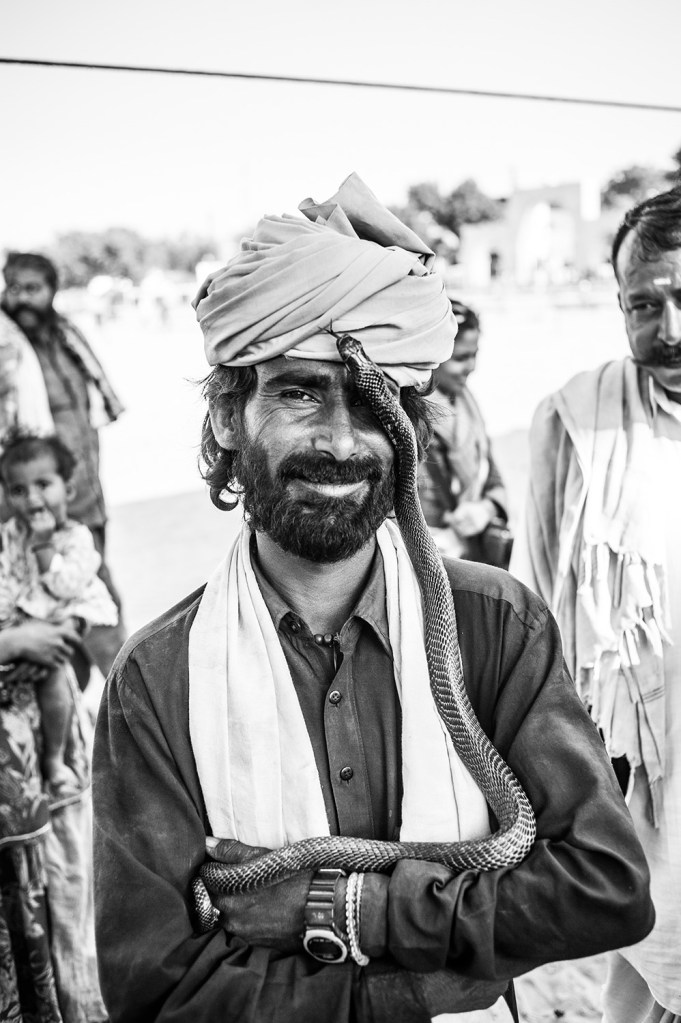
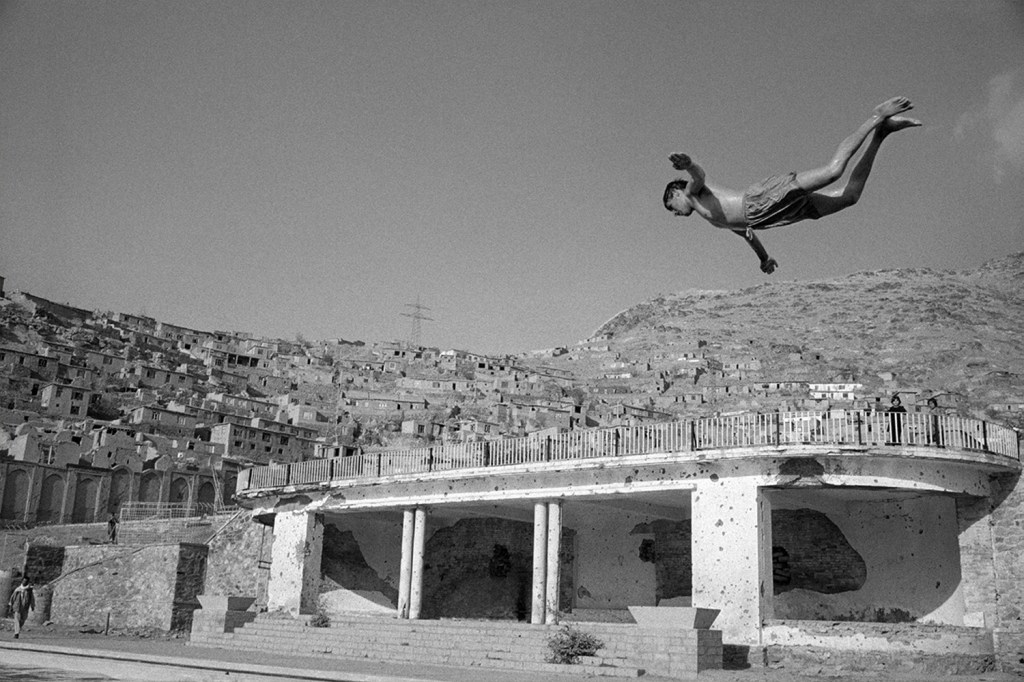
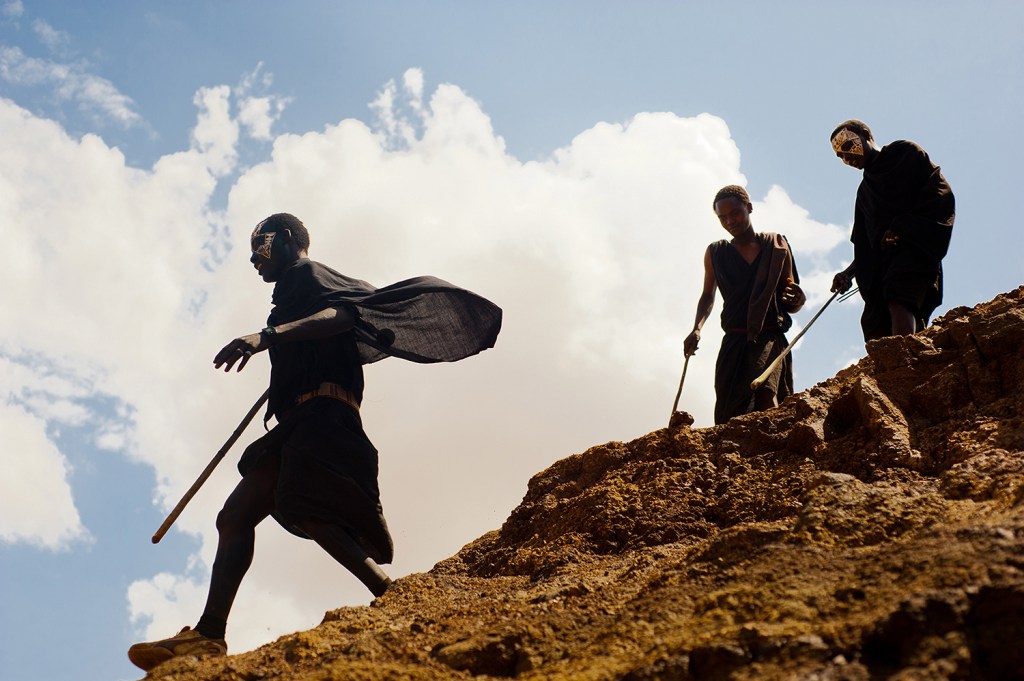
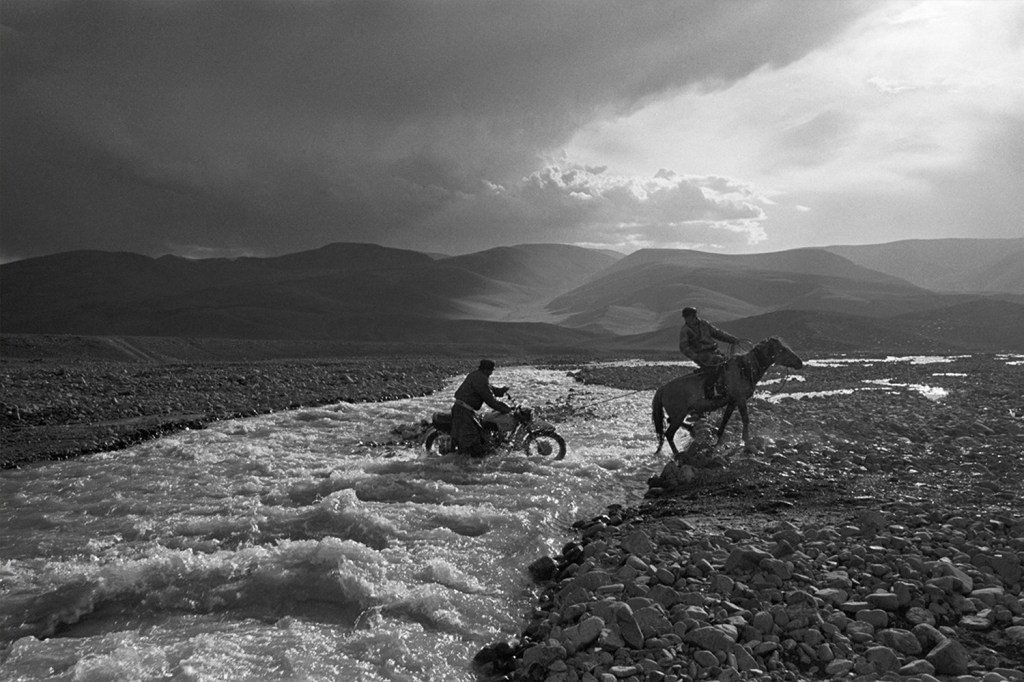
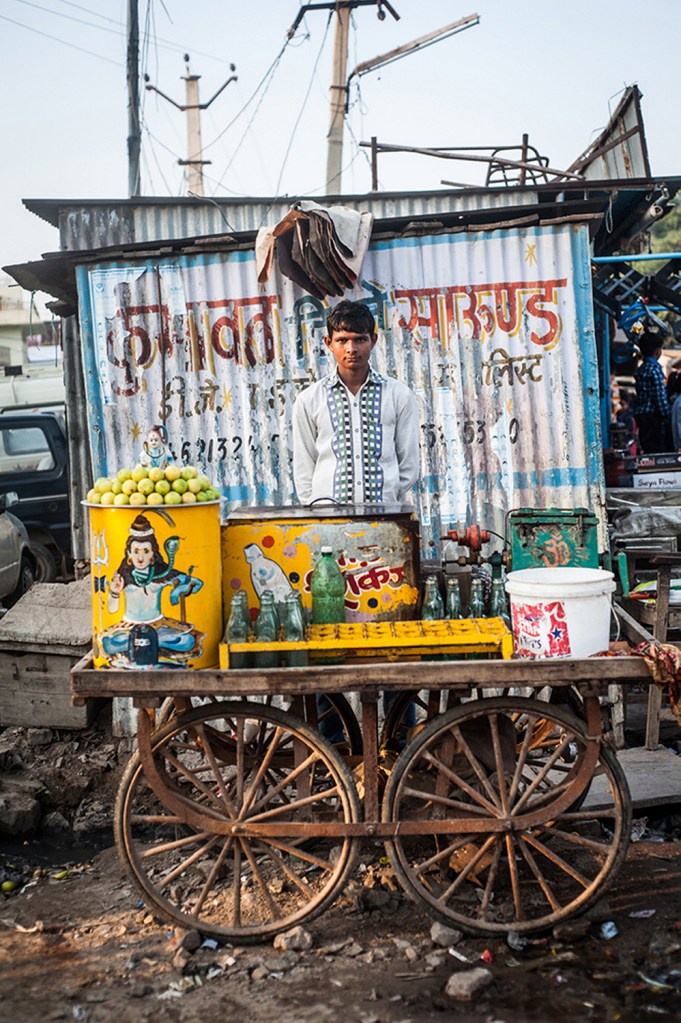
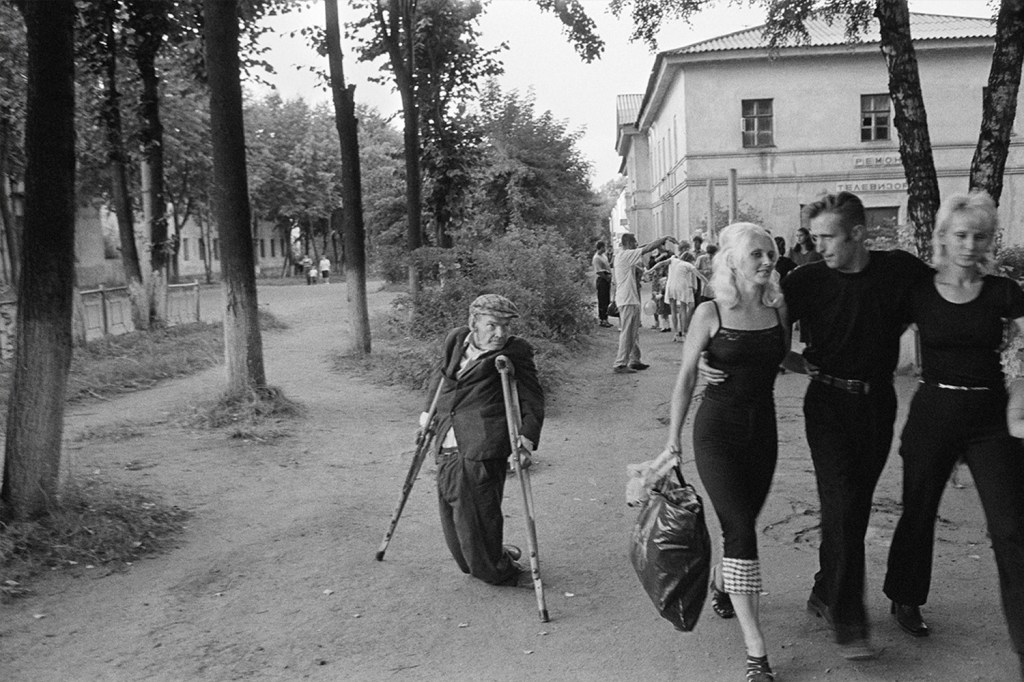
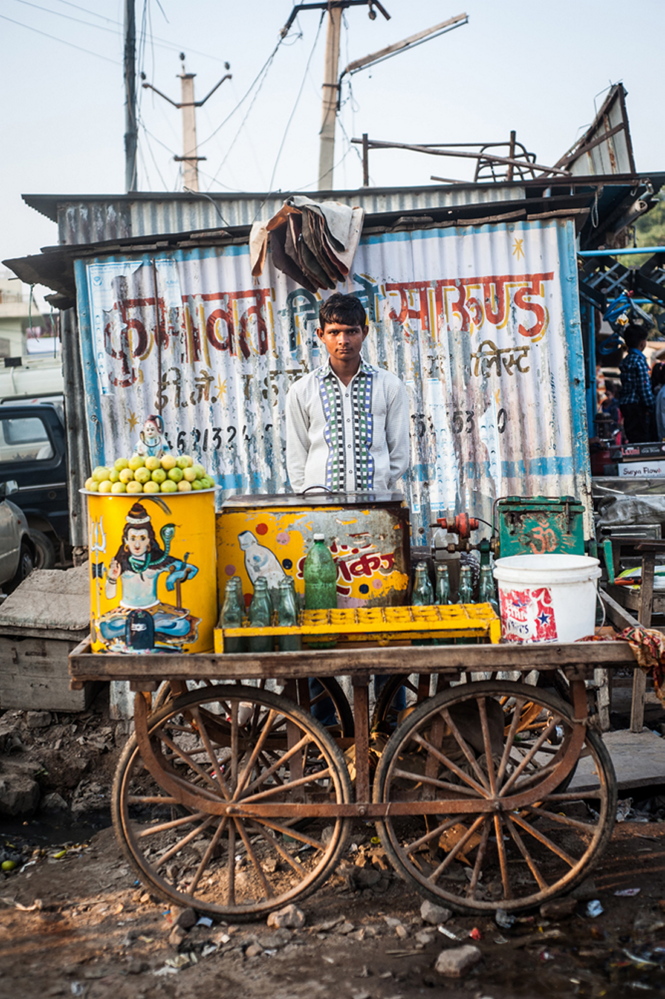

Success. Please wait for the page to reload. If the page does not reload within 5 seconds, please refresh the page.
Enter your email and password to access comments.
Hi, to comment on stories you must . This profile is in addition to your subscription and website login.
Already have a commenting profile? .
Invalid username/password.
Please check your email to confirm and complete your registration.
Only subscribers are eligible to post comments. Please subscribe or login first for digital access. Here’s why.
Use the form below to reset your password. When you've submitted your account email, we will send an email with a reset code.